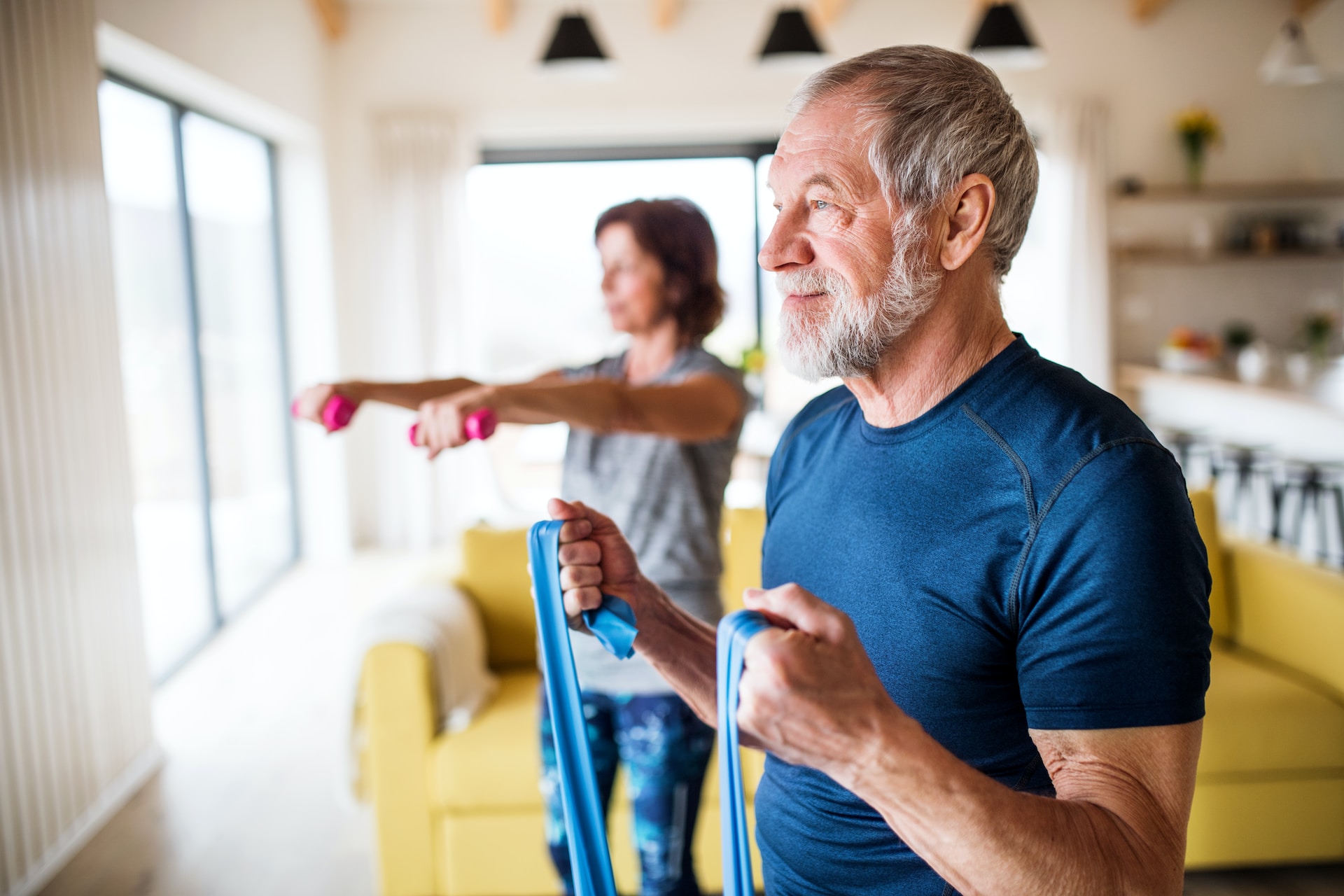Movement
Stretching for Seniors: Enhancing Flexibility

As we gracefully embrace the golden years of our lives, it becomes increasingly important to maintain our flexibility. “Stretching for Seniors: Enhancing Flexibility” is not just about touching your toes or doing a split. It’s about preserving the range of motion that allows you to do the things you love, like playing with your grandchildren, gardening, or even dancing!
Now, don’t fret, my dear friends. I’m not suggesting you need to become a gymnast overnight. The goal here is to gently stretch your muscles to keep them strong and healthy. So, let’s dive into the world of stretching, shall we?
First things first, why is flexibility so important as we age? Well, it helps to maintain balance, which reduces the risk of falls. It also alleviates muscle stiffness and joint pain, making daily activities much more enjoyable. Plus, it’s a fantastic way to start your day, leaving you feeling refreshed and invigorated!
Stretches
Now, onto the fun part – the stretches! Remember, it’s not about how far you can stretch, but how consistently you do it. Start with a simple neck stretch. Tilt your head to one side, hold for a few seconds, then switch sides. Repeat this a few times each day.
Next, let’s target those arms and shoulders. Extend one arm out in front of you, then use your other hand to gently pull it towards your chest. Hold this for a few seconds, then switch arms.
For the lower body, seated leg stretches are a great starting point. While seated, extend one leg out in front of you and reach towards your toes. Don’t worry if you can’t reach them, just go as far as you can.
Consistency
Remember, consistency is key! Aim to incorporate these stretches into your daily routine. Maybe during a commercial break or while waiting for your morning coffee to brew.
Of course, nutrition plays a significant role in maintaining flexibility too. A diet rich in omega-3 fatty acids, such as those found in fish and flaxseeds, can help to reduce inflammation and maintain joint health. So, why not try incorporating some salmon into your dinner or sprinkling some flaxseeds onto your morning oatmeal?
But let’s not forget about the power of positivity. Maintaining a positive mindset can do wonders for your overall health and wellbeing. Embrace the beauty of aging and view these stretches as a form of self-care, rather than a chore.
Lastly, don’t underestimate the power of a good night’s sleep. Our bodies do most of their repairing while we’re snoozing, so ensure you’re getting plenty of rest.
So, there you have it! A simple guide to enhancing flexibility in our golden years. Remember, every little bit helps, so don’t be disheartened if you can’t touch your toes just yet. It’s not a race, it’s a journey. And what a beautiful journey it is! Here’s to aging gracefully, staying flexible, and living our best lives!
